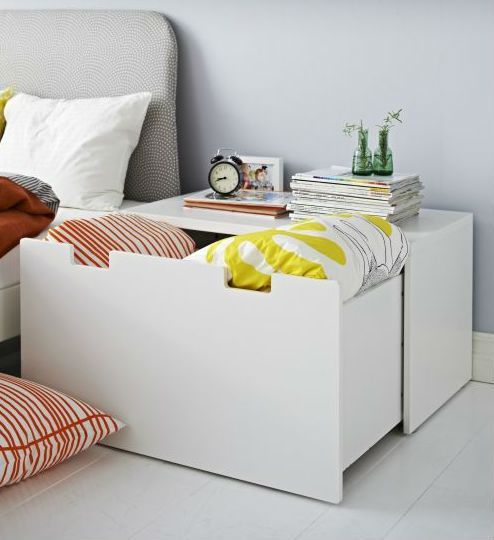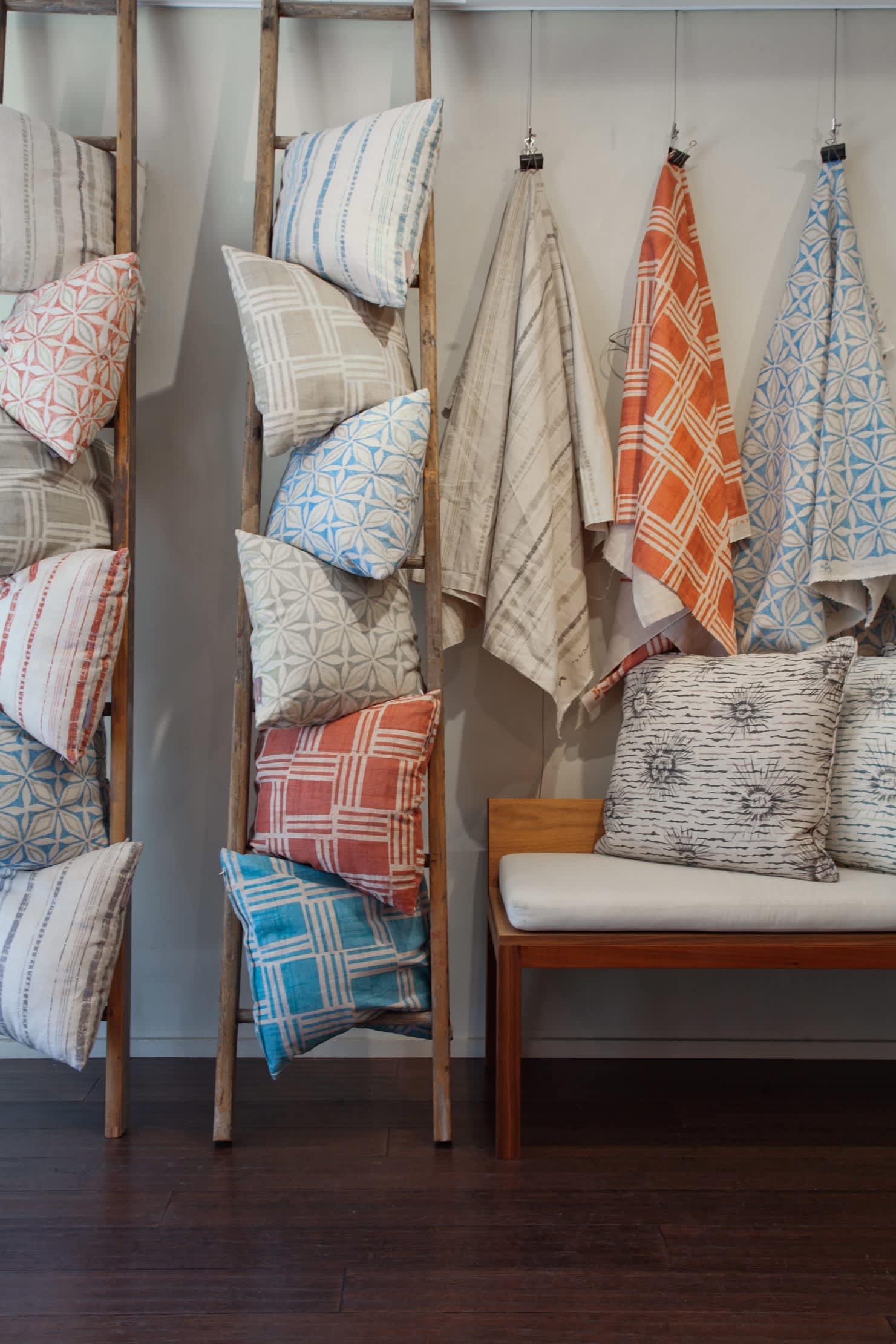Decorative pillows can add a splash of color, personality, and comfort to your living spaces. However, knowing how to store them properly when they’re not in use is crucial to preserving their beauty and longevity. In this extensive guide, I will share my personal experiences and insights on the best methods for storing these delightful home accents. Let’s dive into the world of decorative pillow storage!
Understanding Decorative Pillows
Decorative pillows, also known as throw pillows or accent pillows, come in various shapes, sizes, and materials. They can be used for aesthetic appeal or functional purposes, such as providing back support. Common materials include:
- Cotton
- Linen
- Satin
- Velvet
- Polyester
Each material requires different storage methods, which we will explore in detail.

Why Proper Storage is Essential
Storing decorative pillows correctly is essential for several reasons:

- Maintaining Shape: Improper storage can cause pillows to lose their shape and become lumpy.
- Preventing Damage: Exposure to dirt, moisture, and pests can damage your beautiful pillows.
- Reducing Odors: Storing pillows incorrectly may lead to musty odors, making them unpleasant to use.
Preparing Your Decorative Pillows for Storage

Step 1: Cleaning Your Pillows
Before storing your decorative pillows, it’s vital to clean them properly. Here’s how:

- Read Care Labels: Check the care instructions. Some pillows may be machine washable, while others may require dry cleaning.
- Spot Clean: Use a damp cloth and a mild detergent for spot cleaning. This is especially important for pillows made of delicate fabrics.
- Wash: For machine-washable pillows, wash them on a gentle cycle with cold water. Always use a gentle detergent.
Step 2: Drying Your Pillows

Proper drying is crucial to prevent mold and mildew:
- Air Dry: Whenever possible, air dry your pillows by laying them flat or hanging them. This is especially important for foam or down-filled pillows.
- Dryer Use: If using a dryer, select a low heat setting and add dryer balls to help fluff the pillows.

Step 3: Inspecting for Damage
Before storing, inspect your pillows for any signs of damage:
- Check for stains or tears.
- Make repairs as needed to prolong their life.
Step 4: Choosing the Right Storage Method
Once your pillows are cleaned and inspected, it’s time to decide on the storage method that suits your needs.
Best Storage Methods for Decorative Pillows
Method 1: Storing in Pillowcases
Using pillowcases is a simple and effective way to protect your decorative pillows:
- Pros: Easily accessible, protects from dust, maintains shape.
- Cons: Limited protection against moisture.
Simply slip each pillow into a breathable cotton pillowcase and tie it closed. This method keeps dust at bay while allowing air circulation.
Method 2: Vacuum-Sealed Bags
Vacuum-sealed bags are great for saving space:
- Pros: Space-efficient, protects against moisture and pests.
- Cons: May compress pillows too much, causing potential shape loss.
Place the pillows in a vacuum-sealed bag and use a vacuum to remove excess air. Be cautious with delicate fabrics, as they may become misshapen.
Method 3: Storage Bins or Boxes
Using plastic storage bins or boxes is another effective option:
- Pros: Protects from moisture, pests, and dust.
- Cons: Bulky and may take up more space.
Stack pillows neatly in a plastic storage bin. If you have multiple types of pillows, label each bin for easy identification.
Climate Considerations for Storing Pillows
When choosing a storage location, consider the following:
- Humidity Levels: High humidity can cause mold and mildew, while low humidity may dry out fabrics.
- Temperature Variations: Extreme heat or cold can affect pillow materials.
Ideal Storage Locations
| Location | Pros | Cons |
|---|---|---|
| Closets | Out of sight; usually climate-controlled | May lack ventilation |
| Attics | Extra space; often unused | Temperature and humidity fluctuations |
| Basements | Ample storage; out of view | Higher risk of moisture |
Long-Term vs. Short-Term Storage
How you store your decorative pillows might change based on how long you plan to store them:
Short-Term Storage
If you’re simply storing pillows for a season:
- Use breathable fabric cases or bins.
- Avoid vacuum sealing to prevent excessive compression.
Long-Term Storage
For longer periods, such as during off-seasons or moves:
- Consider vacuum-sealed bags or airtight bins.
- Store in a climate-controlled area to reduce risk.
Special Considerations for Different Pillow Materials
Cotton and Linen Pillows
Cotton and linen pillows are generally durable and can be machine washed. Follow these tips:
- Ensure they are completely dry before storing.
- Store in breathable fabric or bins.
Down and Feather Pillows
These pillows require extra care:
- Store in a breathable case to prevent moisture build-up.
- Avoid compressing them too tightly.
Synthetic Fiber Pillows
Synthetic pillows are more resilient but still benefit from proper storage:
- These can be vacuum sealed without too much risk of damage.
- Ensure they are clean and dry prior to storage.
Frequently Asked Questions (FAQs)
What should I do if my pillow has an odor after storage?
If your pillow develops an odor after being stored, try airing it out in a well-ventilated area. You can also sprinkle baking soda on it to absorb moisture and odors before shaking it off.
How often should I clean my decorative pillows?
It’s advisable to clean your decorative pillows at least once every season, or more frequently if they are used often or exposed to pets.
Can I store pillows in plastic bags?
While plastic bags can protect pillows from dust and moisture, they may also trap moisture. It’s better to use breathable materials or vacuum-sealed bags.
How should I handle fragile decorative pillows?
For fragile pillows, consider wrapping them in protective fabric or bubble wrap before placing them in a storage bin to prevent damage.
Conclusion
Storing decorative pillows may seem like a daunting task, but with the right methods and preparation, you can maintain their charm and durability for years to come. Remember to clean, dry, and choose the appropriate storage method based on your specific needs. Whether you opt for pillowcases, vacuum-sealed bags, or storage bins, your decorative pillows will be ready to shine whenever you need them!
With my experience and this guide, you now have all the tools necessary to store your decorative pillows effectively. Happy decorating, and don’t forget to enjoy your beautiful home accents when they’re out on display!